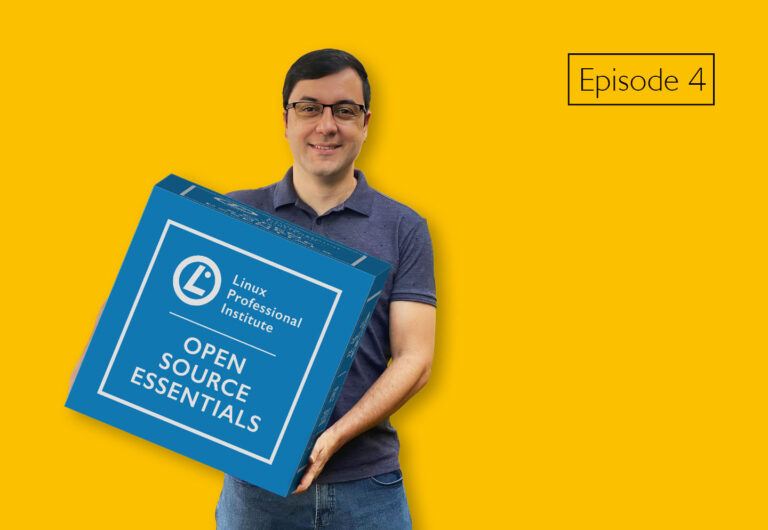Transforming Corporate Culture Through FOSS

Exploring the transformative impact of open source on corporate culture, this article by Ricardo Prudenciato delves into how embracing open-source methodologies not only revolutionizes software development but also fosters a collaborative, innovative work environment. That environment is covered by the new Linux Professional Institute (LPI) Open Source Essentials certificate. Through examples and insights, Ricardo highlights the benefits of open source beyond technology: promoting transparency, knowledge sharing, and a more inclusive, creative corporate culture.
Open source has definitively established itself in recent years as a leading model for software solution development worldwide, across various fields of activity. In the tech world, open source refers to software whose source code is publicly available, allowing anyone to use, study, modify, and distribute it. This free and collaborative approach promotes transparency, innovation, and knowledge sharing. By adopting this methodology, a company and its team benefit in many aspects beyond just technical matters.
Collaborative Learning and Innovation Environment
The open source model is built on collaboration among developers, users, and software communities. By embracing this philosophy, companies foster a strong internal collaboration culture, encouraging employees to share knowledge, work together, and contribute to collective projects. This promotes a more inclusive work environment, valuing diverse ideas and perspectives to drive innovation. It also encourages knowledge and experience sharing through daily interactions, workshops, internal talks, and platforms for collaborative learning and information sharing. Encouraging internal open source projects or contributions to external open source initiatives enhances team skills, enables active participation, and increases team engagement. Participation in open source communities connects professionals with similar interests, promoting teamwork, networking, and practical problem-solving.
Exploring New Possibilities
Adopting open source also encourages the team to have a more diverse vision when looking for solutions to the needs of the company and its clients.
This is because there is such a wide variety of software options and technologies that can be used for the most varied purposes. An open source approach encourages the team to explore different alternatives, compare solutions, and choose those that best suit the specific requirements of the project or client.
By its mode of organization, open source offers much greater flexibility and capacity for customization than proprietary solutions. This allows the team to adapt and adjust the software as necessary to meet the specific demands of the company, encouraging the search for tailor-made solutions that meet the unique needs of each project.
Another very beneficial factor is the reduction in dependence on specific software suppliers, the so-called “lock-in.” By avoiding lock-in, the organization enjoys greater freedom of choice and control over the technologies used. This allows the team to explore a wider variety of supplier and solution options, encouraging the search for alternatives that can offer better quality, performance, or cost effectiveness for each need.
In the End, Everyone Wins!
The adoption of open source has not only revolutionized the way software is developed and used, but also transformed the way companies and their teams operate and innovate. By establishing itself as one of the main models for developing software solutions, open source has brought with it a series of tangible and intangible benefits for organizations.
Firstly, the collaborative learning and innovation environment fostered by open source is an inexhaustible source of growth and development for teams. By encouraging internal and external collaboration, knowledge sharing, and active participation in open source projects, companies create a space where creativity flourishes, skills are honed, and the most innovative ideas come to life.
In addition, the diversity of options and flexibility offered by open source encourages the team to explore new possibilities and solutions for the company’s needs. By preserving access to a wide range of technologies and suppliers, the team can choose the most suitable tools for each project, adapting them as necessary and reducing dependence on specific suppliers.
When adopting open source, organizations are encouraged to constantly strive for the highest standards of performance, efficiency, and quality in all aspects of their operations.
Adopting open source not only drives technical innovation, but also promotes a culture of collaboration, continuous learning, and the pursuit of excellence within organizations. By incorporating open source principles into their operations, companies are prepared to face the challenges of today’s market and build a more sustainable and innovative future for themselves, their professionals and their customers.
